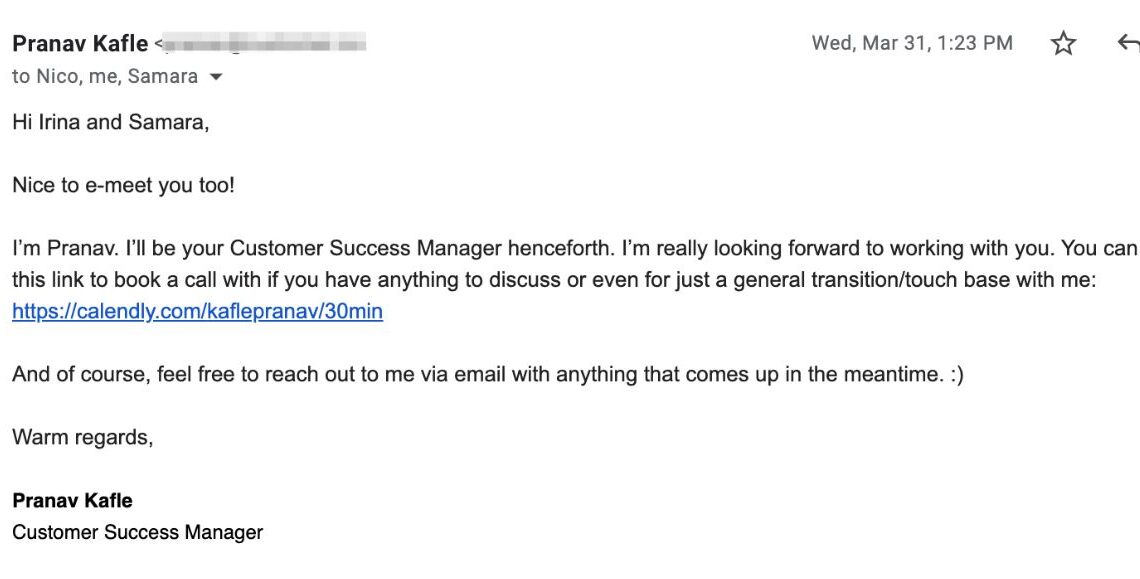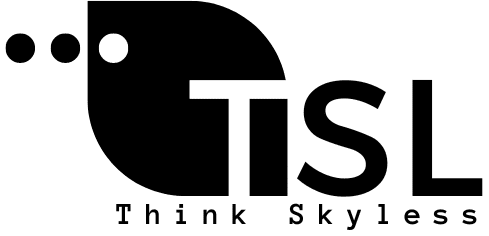
Let’s begin by emphasizing the crucial importance of creating a clear and concise abstract for your lab report. Think of it as the ultimate sneak peek, the trailer before the feature film, or the spark notes of your scientific masterpiece. This snippet of your work holds tremendous weight because it’s the first glimpse your readers get. If it’s clear and concise, it can lure them into your research like a captivating opening scene. But if it’s murky or verbose, it might just send them looking for the exit.
So, what’s the main gig here? We’re on a mission to provide you with a meticulous, step-by-step guide on how to create a lab report abstract that truly hits the mark. When tackling the topic of how to write an abstract for a lab report, it’s worth noting that while we’re here to provide you with guidance, it’s also worth considering that if you find yourself facing challenges, a service like Academized can write my lab report, providing valuable assistance. Think of it as your trusty map in the uncharted territory of scientific communication. We’ll help you navigate through the dos and don’ts, ensuring that your abstract shines brightly, beckoning readers to delve deeper into your research.
The Purpose of an Abstract
Now, let’s talk abstracts. What exactly are they, and why do they even exist? Abstracts, my friends, are like the sneak peek you get before deciding to watch a movie. They’re concise summaries of your entire lab report, providing a taste of what’s to come without giving away all the juicy details. In the realm of lab reports, abstracts are your opening act, setting the stage for the main performance. They’re the trailer, not the full-length film.
Here’s the deal – your abstract isn’t just a random snippet of your report; it’s your lab report in miniature. Its job is to give readers a quick tour of your scientific journey. And most importantly, it should serve as a beacon, highlighting the key discoveries, findings, and conclusions. Imagine it as the conductor of an orchestra, waving its baton to direct the audience’s attention to the most captivating melodies. In this case, those melodies are your scientific revelations.
Know Your Audience
Let’s take a moment to identify who you’re talking to here. Your lab report is like a conversation, and your audience is your chat partner. It could be your fellow students, professors, or even scientists from other fields. Knowing your audience is like having the perfect icebreaker for any conversation. As you navigate the complexities of creating an abstract for your lab report, keep in mind that should you ever need expert assistance, platforms such as “Write My Paper For Me” are available to aid you in writing a meticulously structured and informative abstract. Are they seasoned scientists, or are they fresh faces in the scientific landscape? Tailoring your abstract to their level of expertise is like adjusting the dial on your radio to find the right frequency.
Just as you wouldn’t discuss the intricacies of quantum physics with someone who’s just started learning about physics, you shouldn’t overload your abstract with jargon and complex details if your audience is new to your field. Your abstract should be like a well-chosen outfit – it should fit the occasion and the audience perfectly. So, think of your audience as your co-pilots on this scientific journey, and ensure your abstract is their trusty guide.
Elements of an Effective Lab Report Abstract
Think of the title as the marquee outside a theater, beckoning the audience to come inside. A compelling title not only grabs the reader’s attention but also provides a sneak peek into the essence of your research. It’s your chance to give your abstract a distinct identity in a crowded scientific landscape.
Now, creating a title that’s both informative and concise is an art. You want to weave in the main theme of your study while avoiding unnecessary embellishments. Consider using keywords that reflect the core of your research. Think of it as a snapshot – a brief yet clear representation of what your lab report is all about. Remember, your title is the first impression, so make it count.
The introduction is your opening act, the part where you set the stage for the entire performance. Here, you should provide a glimpse of the context and background of your research. Just like an attentive host at a gathering, your goal is to ensure that your readers feel welcomed and informed. You want to introduce them to the world you’re about to delve into.
Context is key. Explain why your research matters and what motivated you to embark on this scientific journey. Highlight the gaps or questions in the existing knowledge that your study addresses. Think of it as the prologue of a captivating story, luring readers into the narrative. The introduction is where you invite your readers to join you on this intellectual adventure.
This section serves as your compass, guiding readers through the maze of your research. The purpose of including this is to make your research objective crystal clear. It’s like giving your readers a map before they venture into uncharted territory.
Keep it straightforward and concise. State your research objective in a way that leaves no room for ambiguity. Imagine you’re giving directions to a lost traveler – be precise, so they know exactly where they’re heading. This section should serve as a guiding light, helping readers understand what your study aims to achieve.
The methods section – the nuts and bolts of your research. Here, you’re going to describe the essential components of your experimental procedures. It’s like giving your readers a backstage pass to see how the magic happens.
But remember, brevity and clarity are your best friends here. Think of it as providing just enough information to pique curiosity without drowning in the technical details. You’re offering a glimpse behind the curtain, not a detailed manual. Keep it concise, stick to the essentials, and avoid overwhelming your readers with intricate methodologies.
The results. This is where you get to present the juiciest bits of your research in a summarized form. Think of it as the trailer that showcases the most exciting moments of a movie without revealing the entire plot.
Be selective. Highlight the most significant findings and outcomes of your study. Use clear and concise language to convey your results. Imagine you’re teasing the audience with a sneak peek of the plot twists without giving away the whole story. Effective result summaries leave your readers eager to learn more.
The discussion section in your abstract plays a crucial role. It’s like the part of a movie where the characters reflect on the events that have unfolded and discuss their implications. In your abstract, it’s your chance to offer a glimpse into the broader implications of your research.
Keep it brief but impactful. Highlight key conclusions and the implications of your findings. Think of it as the moment when the audience realizes the deeper meaning behind the storyline. In your abstract, you’re providing a taste of the intellectual journey your readers can expect.
The conclusion or summary is your grand finale. It’s where you wrap up your abstract and leave your readers with the key takeaways from your research. Think of it as the closing scene of a movie that leaves the audience with a lasting impression.
Summarize the most important points of your study concisely. It’s like giving your readers a parting gift – a clear and memorable summary of what they’ve just experienced. Make it impactful and leave them with a sense of closure.
Keywords are your lab report’s GPS coordinates in the vast digital landscape of scientific literature. Including relevant keywords is like placing signposts to help others find your work easily.
Be strategic in choosing keywords. Think about the terms that best represent the core of your research. Imagine you’re helping fellow explorers navigate a dense forest by marking the most important trails. Your keywords should lead others to your research with precision.
Structuring Your Lab Report Abstract
Let’s talk about the ideal length of an abstract. It’s like finding the right rhythm for a song – not too short to miss the melody, and not too long to lose the audience’s interest.
When it comes to structuring your abstract, there’s a recommended sequence to follow. Think of it as a recipe – each ingredient in its proper order. Start with the title, followed by the introduction, objective, methods, results, discussion, conclusion, and keywords.
Maintaining conciseness and clarity is paramount. It’s like trimming the excess branches from a tree to reveal its beautiful form. Be vigilant in keeping your abstract lean and focused, avoiding unnecessary details and tangents. Every word should serve a purpose.
Writing Tips and Best Practices
Clear and concise language is your best ally in abstract writing. Think of it as a well-tuned instrument in an orchestra – it produces harmonious notes that resonate with your audience.
Avoid jargon and technical details that might alienate readers. Imagine you’re explaining your research to someone outside your field. Use language that’s accessible to a broader audience without compromising accuracy.
Maintain a logical flow in your abstract. It’s like arranging puzzle pieces to create a coherent picture. Each section should seamlessly transition to the next, guiding readers through your research journey.
Don’t underestimate the power of proofreading and editing. It’s like fine-tuning a musical performance before a live audience. Check for clarity, accuracy, and coherence. Ensure that your abstract is a polished gem that sparkles with professionalism.
In summary, crafting a compelling lab report abstract is an art and a science. It’s your opportunity to entice readers, offer a glimpse into your research, and leave a lasting impression.


